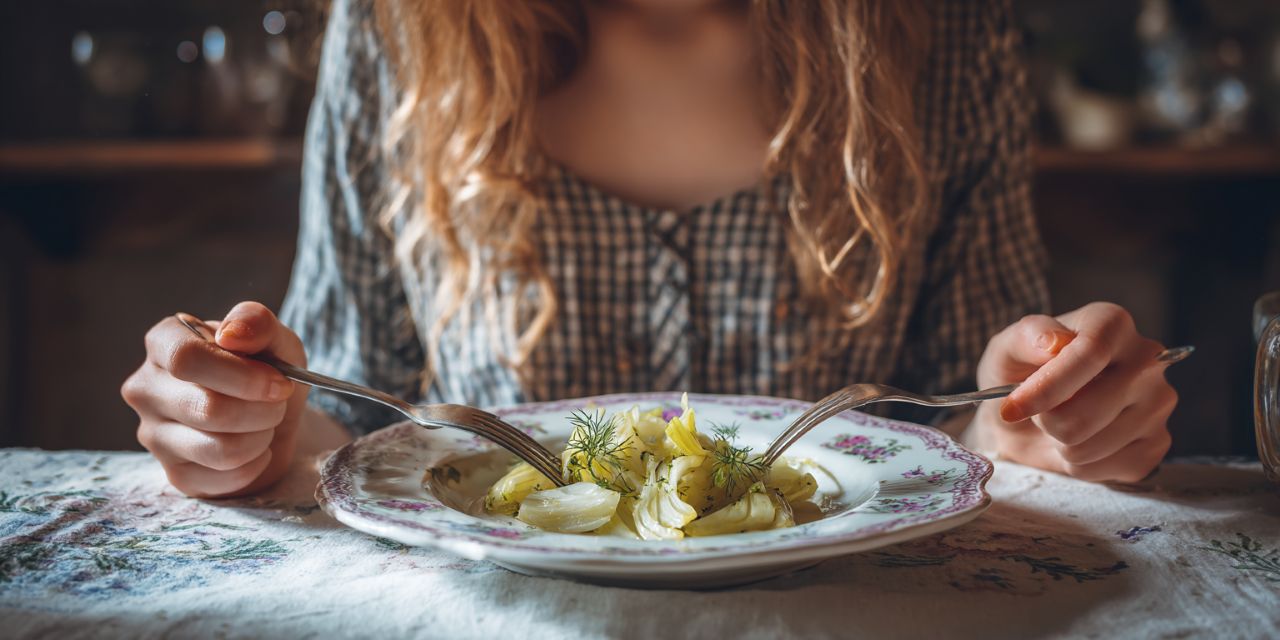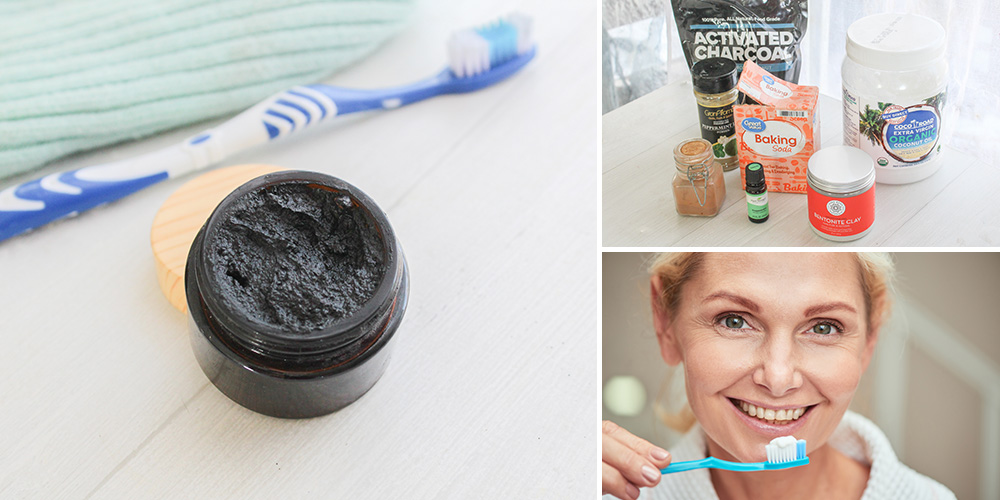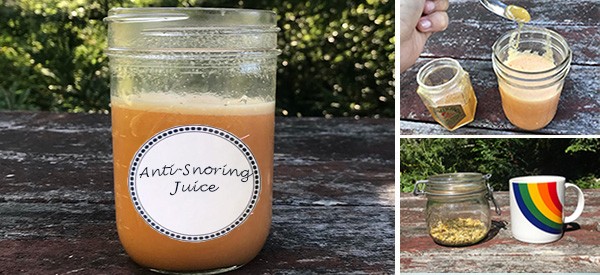
What Does Fennel Taste Like?
Fennel is one of those plants that straddles the line between food and medicine. You may have seen its feathery green leaves or its bulb-like base in markets, but unless you’ve cooked with it, the question lingers: what does fennel taste like?
The answer is both simple and layered. Fennel carries a distinctive flavor often described as sweet, earthy, and reminiscent of licorice or anise. Yet, depending on which part of the plant you taste—the bulb, seeds, or fronds—the experience changes. Understanding this not only helps in the kitchen but also deepens appreciation for fennel’s role in traditional medicine.
The Taste of Fennel Bulb
The fennel bulb is crunchy and juicy, with a flavor similar to celery but tinged with a mild licorice sweetness. When eaten raw, it has a refreshing crispness that makes it excellent in salads. Cooking the bulb softens its texture and mellows the licorice note, leaving behind a warm, subtly sweet taste.
For many, the bulb’s taste feels like a cross between mild onions and anise. Roasted or sautéed, it takes on a caramelized richness that works beautifully alongside meats, grains, or root vegetables. In this way, fennel adapts to both raw freshness and hearty cooked dishes.
The Taste of Fennel Seeds
Fennel seeds are much stronger in flavor. They carry a bold licorice punch with a touch of sweetness that lingers on the tongue. Many traditional cultures use fennel seeds as a natural breath freshener, often chewed after meals. Their concentrated taste comes from volatile oils such as anethole, which also contribute to fennel’s medicinal value.
Related: 13 Foods Against Bad Breath
The seeds’ intensity makes them a favorite in spice blends like Indian curries, Italian sausages, and Middle Eastern breads. But just a pinch can go a long way—too much can overpower a dish.
The Taste of Fennel Fronds
The feathery fronds, often mistaken for dill, offer the mildest flavor. They echo the bulb’s licorice tone but with a lighter, more herbal freshness. These delicate greens are perfect as a garnish, sprinkled into soups, or blended into sauces for a subtle lift.
Because they are less intense than the seeds, the fronds make fennel more approachable for those unsure about the licorice note. Their bright, grassy taste can balance heavier flavors in cooking.
Why the Licorice Note?
The distinct taste of fennel comes from natural compounds shared with other plants like anise and star anise. This explains why people often use these names interchangeably, though each has its own personality. For some, the licorice note is an acquired taste, while others find it naturally comforting and familiar.
Historically, this flavor wasn’t just about pleasure—it was about function. Licorice-like herbs were prized for easing digestion, soothing coughs, and calming the nerves. When you taste fennel, you’re connecting with centuries of culinary and medicinal tradition.
Comparison of Fennel Parts
| Part of Fennel | Taste Profile | Common Uses |
| Bulb | Mild, sweet, crunchy, with a hint of licorice | Salads, roasting, sautéing, soups |
| Seeds | Strong licorice flavor, sweet, aromatic | Teas, spice blends, baked goods, digestion aid |
| Fronds | Light, herbal, grassy, mild licorice note | Garnish, sauces, soups, flavor enhancer |
Using Fennel Wisely
While fennel is safe for most, its strong oils mean moderation is best. Large amounts of seeds or extracts can sometimes cause digestive upset. Still, for the home cook and herbal enthusiast, fennel offers a world of flavor that is both nourishing and health-giving.
Related: Fennel Tea: A Soothing Brew with Ancient Roots and Modern Benefits
Next time you wonder “what does fennel taste like,” think of it this way: crisp celery with a kiss of licorice in the bulb, bold sweetness in the seeds, and a whisper of herbal freshness in the fronds.
Final Thoughts
Fennel’s taste is one of nature’s more intriguing gifts. Its unique flavor connects food to medicine, refreshment to healing. Whether in a rustic soup, a roasted side dish, or brewed into a calming tea, fennel reminds us that plants are never just one thing—they are stories of nourishment, tradition, and resilience written into every bite.
You May Also Like:
The Best Tea for Colds: Soothing Brews to Help You Feel Better Fast
How to Recognize a Heart Attack and What to Do Next (Video)
Herbs You Should Always Take Together









